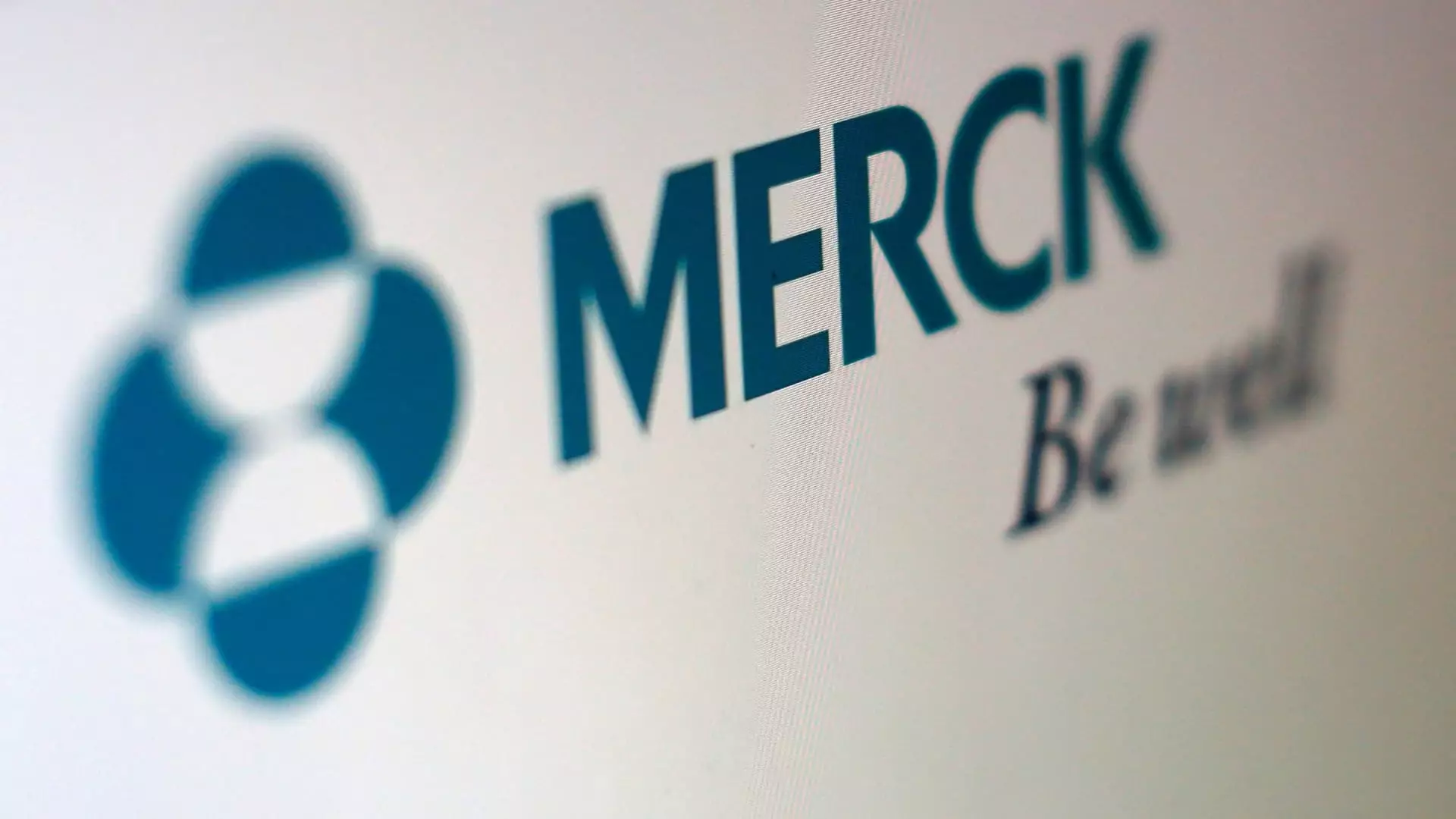As respiratory syncytial virus (RSV) continues to wreak havoc on the most vulnerable populations, particularly infants, the recent approval of Merck’s innovative treatment, Enflonsia, emerges as a beacon of hope. The Food and Drug Administration’s sanction paves the way for Merck to roll out this monoclonal antibody shot just in time for the RSV season, which typically sweeps across the nation from fall to spring. With RSV being a significant contributor to infant hospitalizations and mortality, the necessity for effective preventative measures cannot be overstated. Each RSV season brings forth alarming statistics, as countless families grapple with the anxiety of hospitalization for their newborns. Therefore, Enflonsia is not merely another product on the pharmaceutical shelf; it represents an essential weapon in a battle that is both personal and profound for many parents.
Enflonsia vs. Beyfortus: A Competitive Landscape
The advent of Enflonsia heralds competition with existing treatments, particularly the previous market leader, Beyfortus, developed by Sanofi and AstraZeneca, which faced insurmountable supply challenges last season due to overwhelming demand. While both drugs are monoclonal antibodies, their differing mechanisms may well create a compelling choice for pediatricians and parents alike. Merck’s formulation displays remarkable flexibility, being suitable for infants irrespective of their body weight, unlike Beyfortus, which requires a weight-based dosage. This convenience could potentially streamline administration processes and minimize the risk of improperly dosed treatments, ultimately benefiting public health outcomes.
The tug-of-war between these two pharmaceutical giants raises important discussion points regarding accessibility and supply chain integrity. As Sanofi announces plans to scale up production in response to last year’s demand, one must wonder whether market competition will translate to better outcomes for parents battling this seasonal virus. The stakes are high, and in the landscape of healthcare, the race for accessibility is just as crucial as the medication itself.
Beyond the Monoclonal Antibodies: The Wider Context of RSV Treatments
While monoclonal antibodies like Enflonsia and Beyfortus capture headlines, they represent only a slice of the RSV prevention measures available. Competing vaccines from companies like Pfizer, GSK, and Moderna primarily target adults and pregnant women, highlighting a glaring gap in the pediatric domain. The recent freeze on RSV vaccine trials for young children due to safety concerns only adds to this urgent need for effective pediatric solutions. In such tumultuous waters, one must question whether our healthcare priorities are adequately aligned with the needs of our most defenseless population: our infants.
The landscape of RSV treatments also illustrates a broader systemic issue within public health—when the focus primarily lies on adult vaccines, the unique vulnerabilities of infants remain overshadowed. It is imperative that pharmaceutical companies, regulatory agencies, and healthcare providers work collaboratively to bridge this gap and pursue innovative solutions tailored specifically for young children.
The Human Element: Real Lives at Stake
In analyzing the introduction of Enflonsia, one can’t overlook the human element that often disconnects us from the statistics. Behind the approvals and clinical trials lie the faces of struggling families who rely on effective treatments for their sick children. Each hospitalization due to RSV represents not just a number in a report; it’s a family grappling with the fear and uncertainty that comes with a loved one’s illness. The genuine impact of Enflonsia could mean the difference between life and death for some infants, drawing attention to the urgency of advancing health innovations aimed at this vulnerable demographic.
The emotional toll on families resonating with the fear of RSV is not just a statistic; it is a visceral truth that needs to be at the forefront of policymaking and pharmaceutical development. The responsibility of ensuring that new treatments reach those who need them most lies not only with the companies but also with healthcare systems and government regulators. Discrepancies in treatment availability or misinformation about new drugs can lead to tragic outcomes, and society must prioritize comprehensive education surrounding emerging therapies and their accessibility.
In midst of this evolving narrative surrounding RSV treatment, the significance of Enflonsia cannot be understated. It symbolizes an opportunity to reshape pediatric care in the United States and enhance lives in a way that echoes beyond the pharmacy. In addressing the substantial burden that RSV places on families and healthcare systems alike, Merck’s introduction of Enflonsia serves as both a breakthrough and a clarion call for continued innovation in the field.

